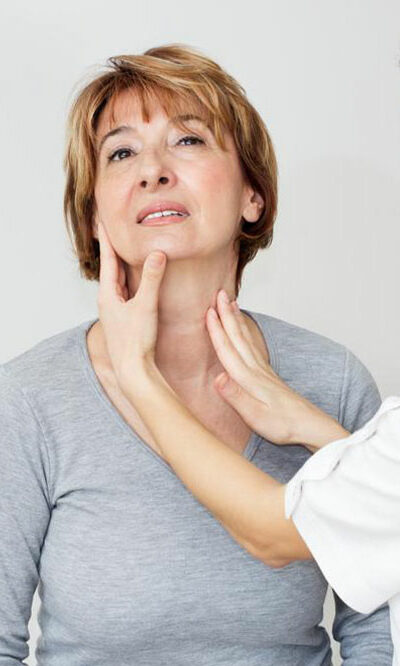
4 common skincare myths debunked
Skincare can be a complex routine for some people, especially those who are not very well-versed with their skin types and are constantly experimenting with products. If you are dealing with some skin issues like acne or pimples, speak to a dermatologist who can give proper advice. Also, do your research before going to the doctor and be aware of certain myths that can complicate your skincare journey. Here are a few common skincare myths: Avoid facial oils for oily skin This is a common myth among people, especially those who have oily skin. If you are someone with this skin type, know that oil massages can greatly benefit your skin, as they help in keeping the barrier function healthy and balanced. All you have to do is speak to your dermatologist and understand what type of oil is best for your skin and the issues you are dealing with. Skincare that burns is skincare that is effective In a lot of skincare products, there are some active ingredients present. These active ingredients can be responsible for the tingly sensation you feel after application. This means that there is a chemical reaction that is helping to take care of your skin issues. However, not every tingly sensation implies that skincare is working. Always be sure to check the ingredients in the products and make sure you are not allergic to any of them. Sometimes the skin burns because of a side effect and not an active ingredient. Wear sunscreen only on sunny days Wearing sunscreen for skin protection is no secret. But what most people do not know is that sunscreen needs to be applied not just on sunny days but even on cloudy days. In fact, sunscreen should be applied every day after moisturizing, regardless of whether you are stepping out of the house.










